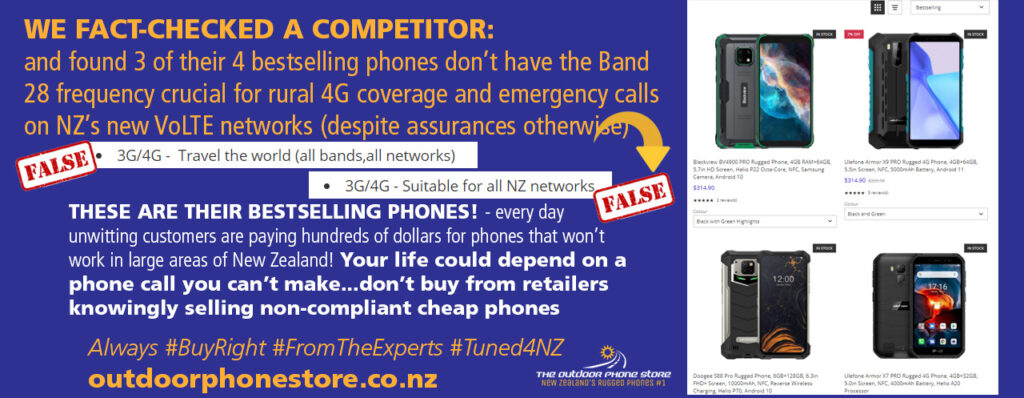By Sharon Chan
The Seattle Times (MCT)
SAN FRANCISCO – At a Microsoft event to showcase Internet Explorer 9, the company showed a future Web that airs like a movie and unfolds like a piece of origami. The event at the San Francisco Design Center unveils the beta version of the browser.
More than 70 partners, including Facebook and CNN, will launch new sites that utilize the browser’s advances. Like Mozilla Firefox and Google Chrome, the new Microsoft browser will support HTML5, which will make Flash-like video and animation possible in the browser.
Microsoft showed off the possibilities with a Bing home page, now known for its photos, featuring a video instead. Weather results from Bing showed animated clouds moving across the screen behind the forecast.
The design of the new browser is far simpler than its predecessors, echoing Google Chrome’s minimalist frame. Internet Explorer 9 will have far fewer buttons and menus, featuring a back button, an address bar and tabs. The new browser will look a lot more like Windows 7.
Websites can be pinned directly to the Windows task bar, just as users pin Outlook or Word. People can drag two browser tabs side by side and instantly split the screen in half. It is similar to a Windows 7 feature called “aero snap.”
Bing, Microsoft’s search engine, is also set to bring new search features into IE9 later this month. It will feature one-line search results that unfold into more detail as a user scrolls down the search results page.
More than 70 partners are launching new sites that take advantage of the new technology, including: Facebook, Twitter, Hulu, CNN, Seattle radio station KEXP, Amazon.com, the BBC, the Wall Street Journal and the Associated Press. IE9 will also have more security features that makes it easier for people to check on the risks of downloading software, and remove it if it’s been downloaded.
The company also jabbed at Google’s new instant search feature. “IE9 respects your privacy and doesn’t send your keystrokes to search services,” said Dean Hachamovitch, corporate vice president for Windows. Hachamovitch called the new browser is “site-centric.”
“The browser is a stage; it’s a backdrop for the Web. Sites on the Web are the stars of the show,” he said. Hachamovitch gave some statistics on how people use the browser:
1) 33 percent of people have pinned an application to the Windows task bar, such as Outlook or Word. 2) 4 percent have added sites to their “favorites” bar at the top of the browser. 3) 1 percent have used a keyboard shortcut to open a new tab in a browser.
The software is now available for free download at http://www.beautyoftheweb.com/.






